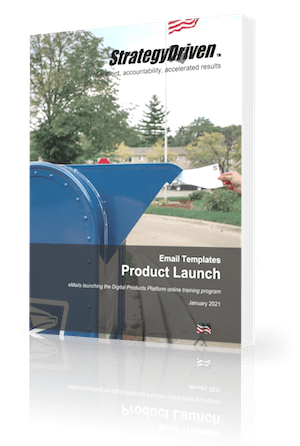5 Steps for implementing with Agile Test Automation development

1. Set Reasonable Expectations: Setting clear expectations before beginning the project will help to ensure a successful one. The expectation for test automation is a little different than other software development projects, but it can be broken into the same categories:
- First, estimate effort – how many hours per week does it take you and your team to build out this product?
- Second, estimate the speed at which you can implement new features – how long should each sprint take for you to develop and deploy each component?
- Finally, create an initial plan that accommodates these expectations, which can be tweaked as needed later on. If your test automation project is too aggressive or feels off-target, consider starting with a new strategy and approach.
2. Treat Automation as Software Development: Test automation is essentially the same as software development, with some unique challenges. One of the biggest challenges is communication, both from users to developers and from developers to customers. It’s important to understand as early in the process as possible who has input into a feature and how each group will be involved.
When implementing test automation, it’s essential to start with a solid foundation:
3. Assign Dedicated Resources for Automation: Using dedicated resources during development helps teams focus on test automation rather than building new features or resolving technical debt within existing ones. To set them up, understand the unique needs of your team and the unique ways they work.
- Determine when and where you need dedicated resources (for example: if you have a code review process or another process that requires testing, that’s when you’ll need to put your developers on test automation.)
- Identify which roles will be responsible for building the test automation. A feature is typically built in several phases: design, build, test automation, or a mixture of these stages.
- Determine who will be the “head” of this group – this person is often responsible for recruiting new developers to fill these roles.
- Establish communication guidelines or build an automation information hub. Ideally, this will be a place where all tests and features are documented and have regular communication about important updates.
- Plan how to track your test automation progress, including metrics about hours and existing bugs.
- Decide if you should use a manual testing tool in conjunction with your new test automation framework or if the framework will replace it entirely. Many of these decisions will come together during the planning phase of your project.
4. Pick a starting point: This is the most crucial step in implementing Agile test automation development. There are many ways to do this, but after picking one, it is best to teach yourself those things you will need to know next for your test automation development to continue successfully. Again, there are a variety of resources available and many different places on the internet where you can learn these things, so there is no need to reinvent the wheel here.
5. Make automation part of your definition of done: The more you can automate, the less work you will need to do manually. This is a relatively simple idea to follow- but it can be challenging to get started on when you have never done test automation before. Therefore it is important that you learn how automated tests are made as well as how to create them in an Agile manner. Additionally, testing should be incorporated into any other testing methodology used by your team, not an addition to it.
Conclusion: Your goal is to make automation part of your definition of done, and there are many techniques to help you achieve this. A few of them include learning and adjusting as you go along, communicating with others, and reusing code where possible.













Leave a Reply
Want to join the discussion?Feel free to contribute!